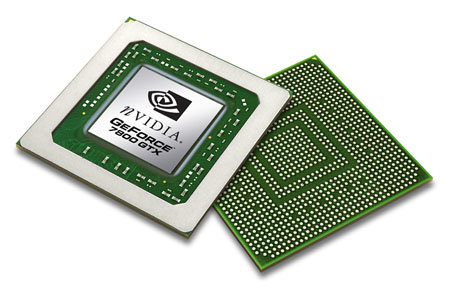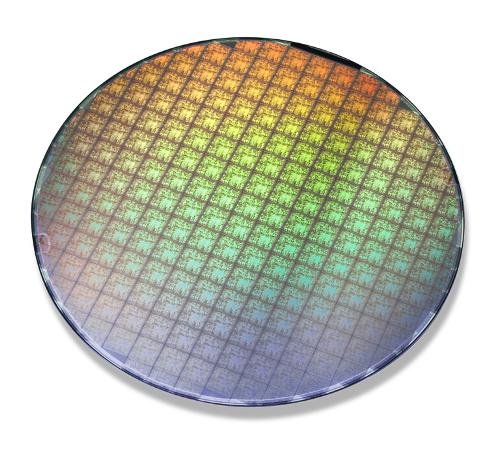nVidia GeForce 7800 GTX (SLI) im Test: Mit zwei Grafikkarten gegen ATi
2/17Technische Daten

| Radeon X800 XT PE |
Radeon X850 XT PE |
GeForce 7800 GTX |
GeForce 6800 GT |
GeForce 6800 Ultra |
|
|---|---|---|---|---|---|
| Logo |  |
 |
 |
 |
 |
| Chip | R420/423 | R480 | G70 | NV40/45 | NV40/45 |
| Transistoren | ca. 160 Mio. | ca. 160 Mio. | ca. 303 Mio. | ca. 222 Mio. | ca. 222 Mio. |
| Fertigung | 0,13 µm low-k | 0,13 µm low-k | 0,11 µm | 0,13 µm | 0,13 µm |
| Taktung (MHz) | 520 | 540 | 430 | 350 | 400 |
| Renderpipes | 16 | 16 | 24 | 16 | 16 |
| ROPs | 16 | 16 | 16 | 16 | 16 |
| Pixelfüllrate | 8320 MPix/s | 8640 MPix/s | 6880 MPix/s | 5600 MPix/s | 6400 MPix/s |
| TMUs je Pipe | 1 | 1 | 1 | 1 | 1 |
| Texelfüllrate | 8320 MTex/s | 8640 MTex/s | 10320 MTex/s | 5600 MTex/s | 6400 MTex/s |
| Vertexeinheit | VS 2.0 | VS 2.0 | VS 3.0 | VS 3.0 | VS 3.0 |
| Vertexpipes | 6 | 6 | 8 | 6 | 6 |
| Interface | PEG x16/AGP | PEG x16/AGP | PEG x16 | PEG x 16/AGP | PEG x16/AGP |
| SLI-Modus* | nein | nein | ja | ja | ja |
| Texturen pro Pass | 16 | 16 | 24 | 16 | 16 |
| Pixelshader | PS 2.b | PS 2.b | PS 3.0 | PS 3.0 | PS 3.0 |
| Speicher (MB) | 256 GDDR3 | 256 GDDR3 | 256 GDDR3 | 256 GDDR3 | 256 GDDR3 |
| Anbindung | 256 Bit | 256 Bit | 256 Bit | 256 Bit | 256 Bit |
| Speichertakt (MHz) | 560 | 590 | 600 | 500 | 550 |
| Bandbreite (MB/s) | 35840 | 37760 | 38400 | 32000 | 35200 |
| RAMDAC | 2x400 MHz | 2x400 MHz | 2x400 MHz | 2x400 MHz | 2x400 MHz |
| Präz. pro Kanal | 24Bit (FP24) | 24Bit (FP24) | 32Bit (FP32) | 32Bit (FP32) | 32Bit (FP32) |
| *Der SLI-Modus setzt ein PCI-Express-Interface voraus | |||||

